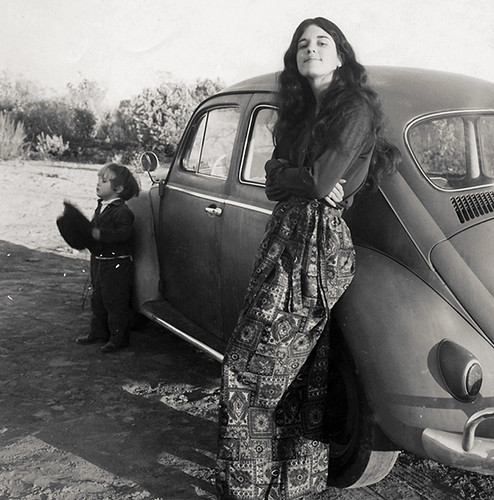A microcosm of most of the country, I believe. The GOP has confused rural voters into supporting GOP policies, despite what those policies, if ever enacted, would do to rural areas.
SACRAMENTO — A new report on who supplies — and who spends — California’s public dollars shows an interesting disparity between the givers and the takers: Counties that provide most of the state’s revenue streams like income and sales taxes reliably elect Democrats, who traditionally want to take more of your money. And counties whose Republican representatives argue most vociferously for social services cuts draw, per capita, the most state aid.
The breakdown, prepared by the Legislative Analyst’s Office for the office of Assemblywoman Noreen Evans, D-Santa Rosa, puts another spin on what’s emerged as the central issue in this year’s fight over a $19 billion deficit. It also adds new color to the prevailing portrait of poverty for many Californians — it’s not fundamentally an urban problem.
Instead, experts say, rural residents would be most affected by the drastic cuts being considered to health and human services programs. The report shows the Bay Area’s blue counties are, in many ways, a revenue lifeline for the rural Republican red. “Is there a disconnect here between political sentiments in rural areas and the demand or desire or need for public expenditures? I think there is,” said Al Sokolow, a retired professor at UC Davis. “Leaders in these rural areas, while wanting more from the state, are also less reluctant to give in on the tax front.”
(click to continue reading Report: Bay Area counties give so rural counties can receive – San Jose Mercury News.)
And a few specifics of what the money pays for:
While budget cuts would affect all Californians, experts say the fallout is compounded in rural districts.
Rural residents already struggle with a shortage of doctors who accept MediCal clients. Cuts to in-home care for seniors might force many into nursing homes in bigger cities. And sheriff’s departments, patrolling massive counties, already lack staffing to personally handle every call.But because some rural counties tend to lean libertarian, or because many of those affected can’t afford the time or money to engage in the political process, that reality isn’t always apparent.
“People don’t understand how much they get for the money they pay. It starts with making communities more aware,” said Connie Stewart, a former mayor of Arcata and the executive director of Humboldt State’s California Center for Rural Policy.












